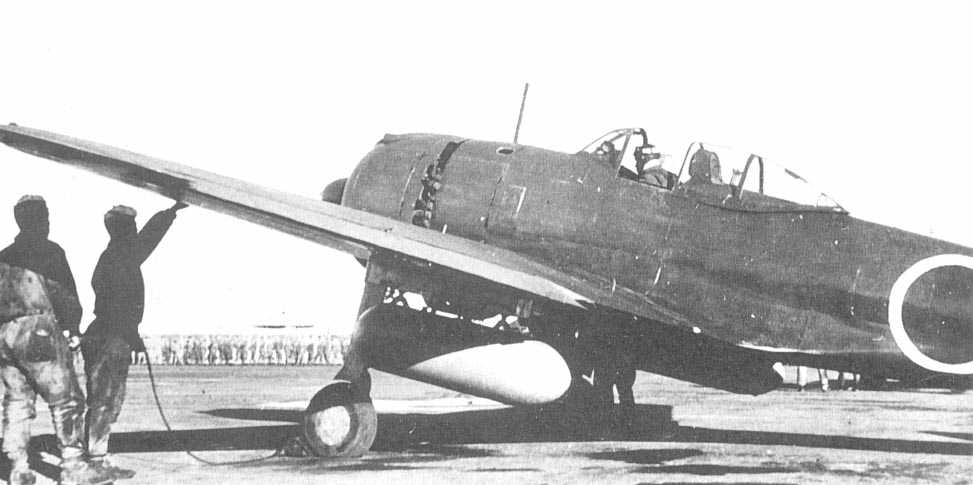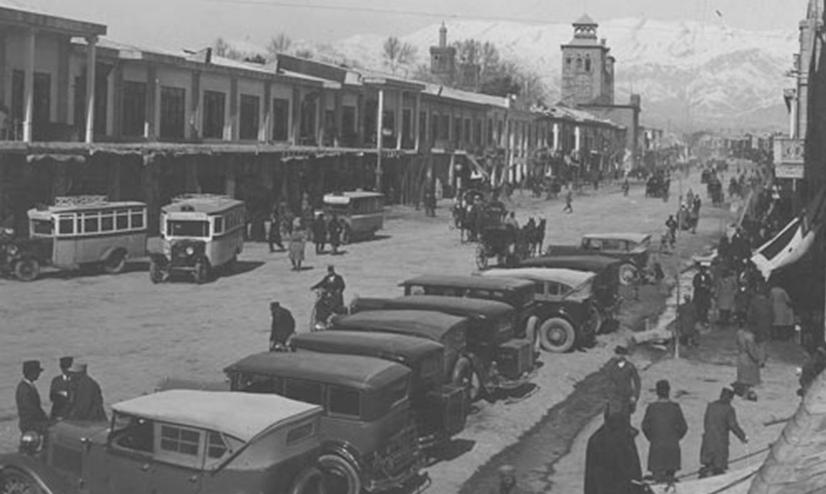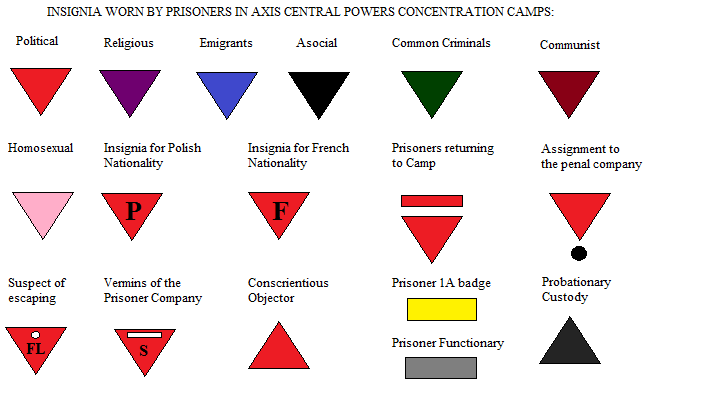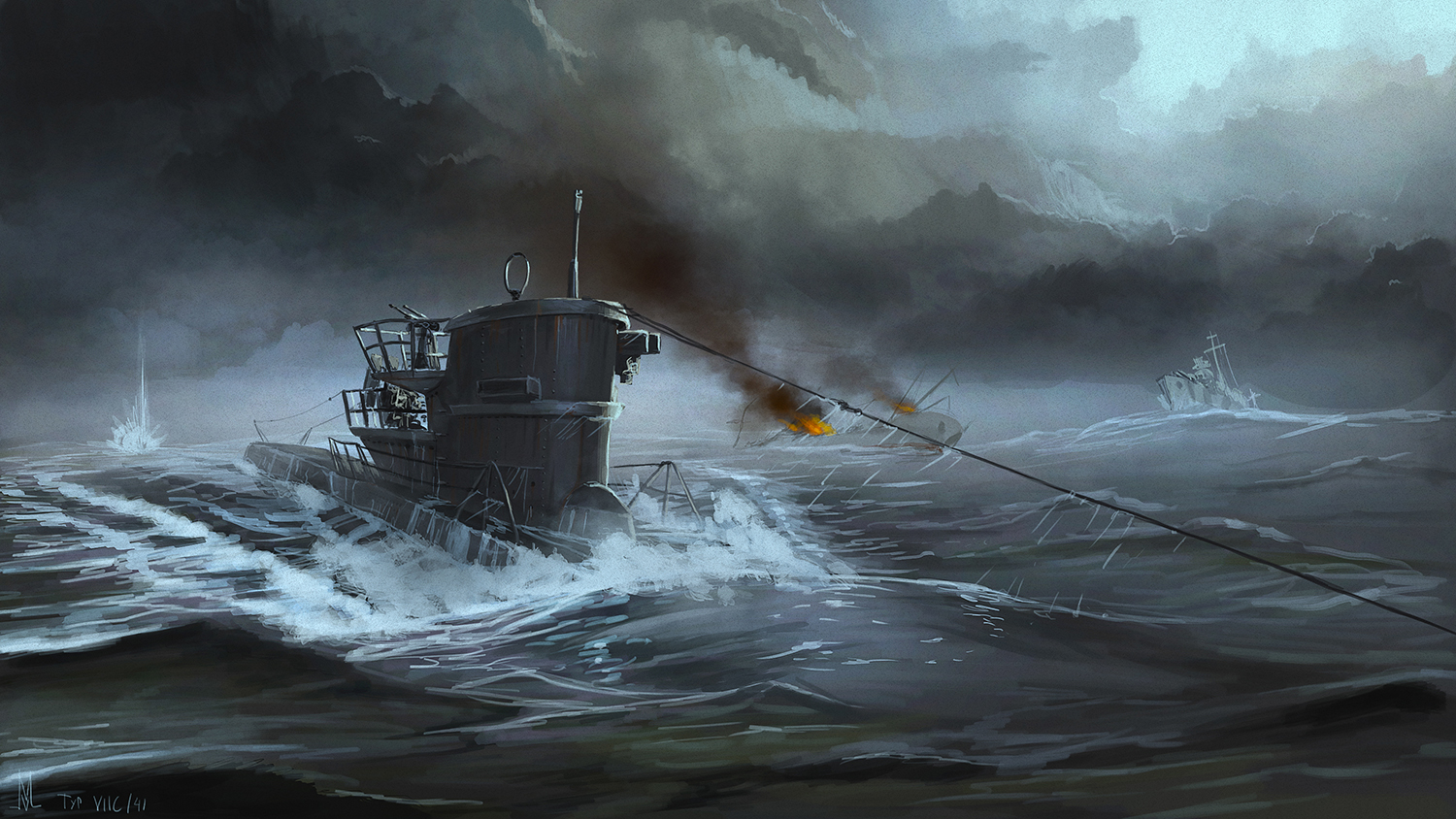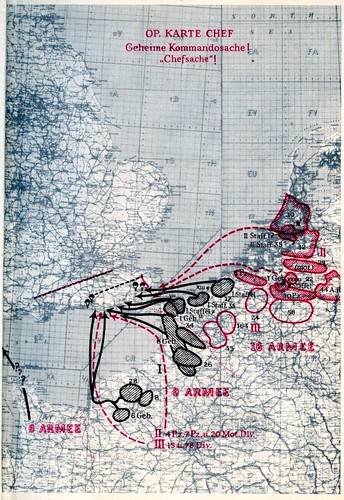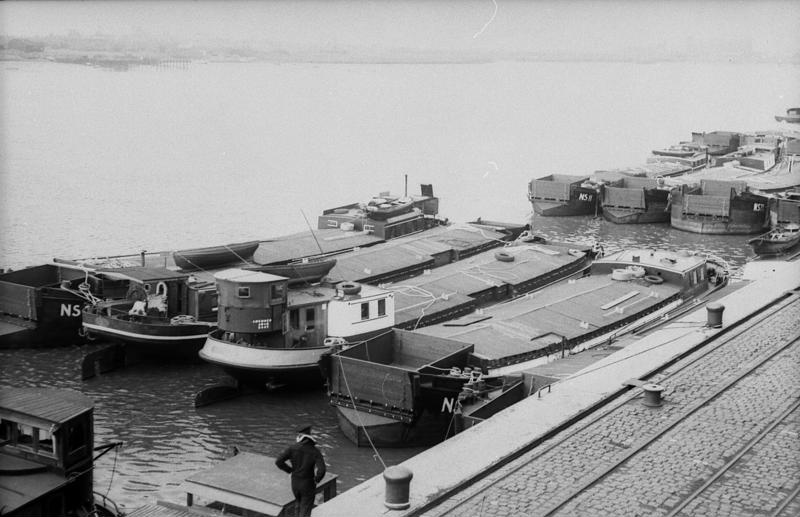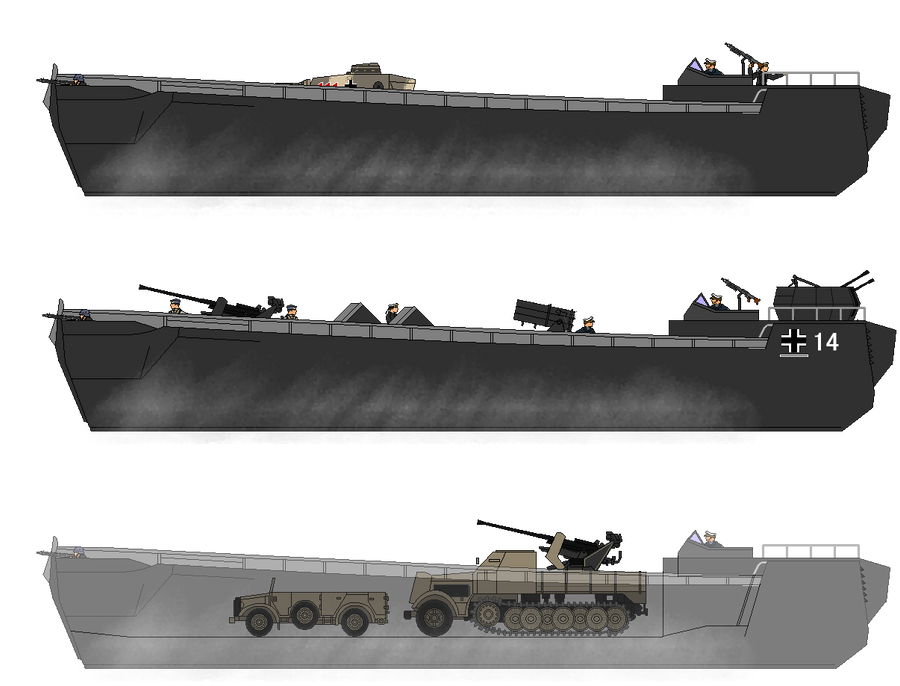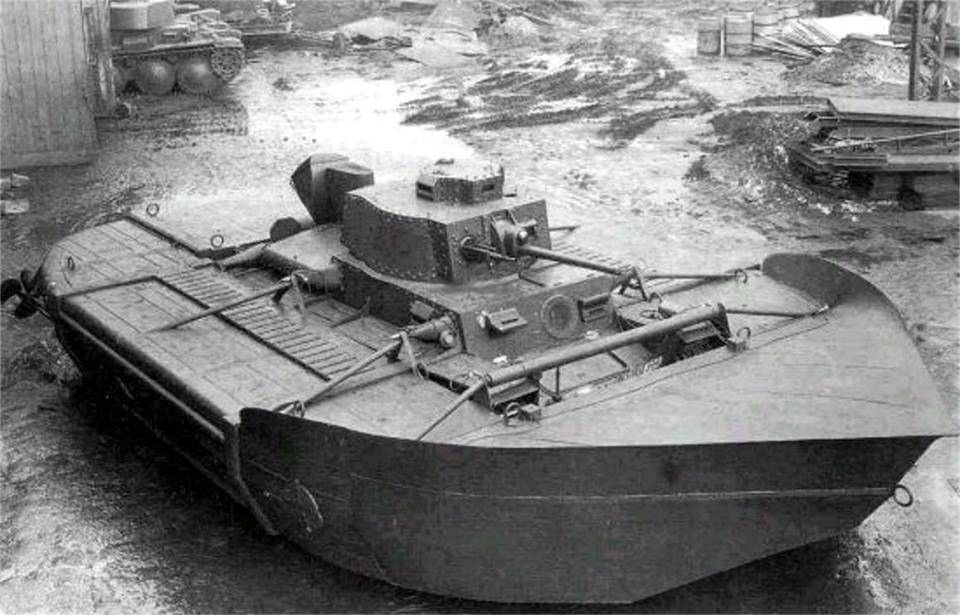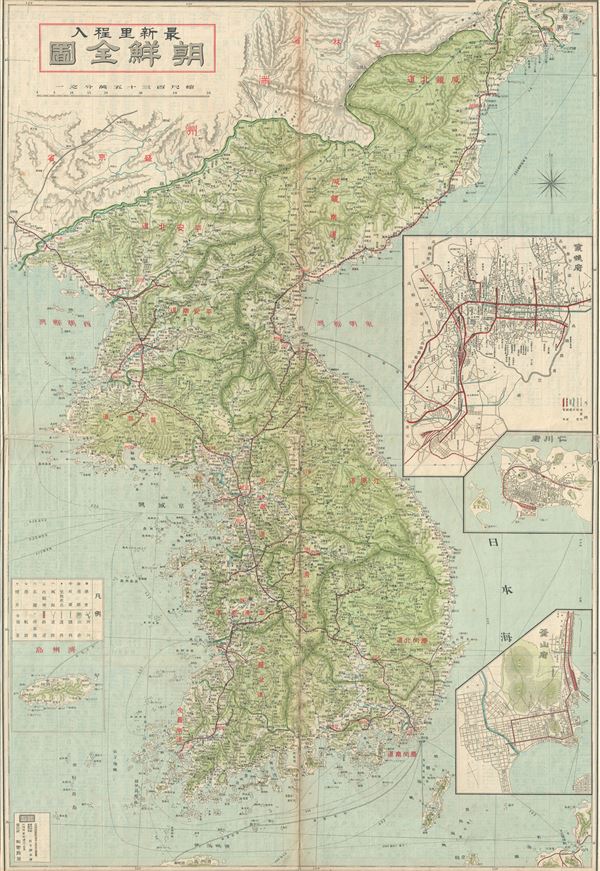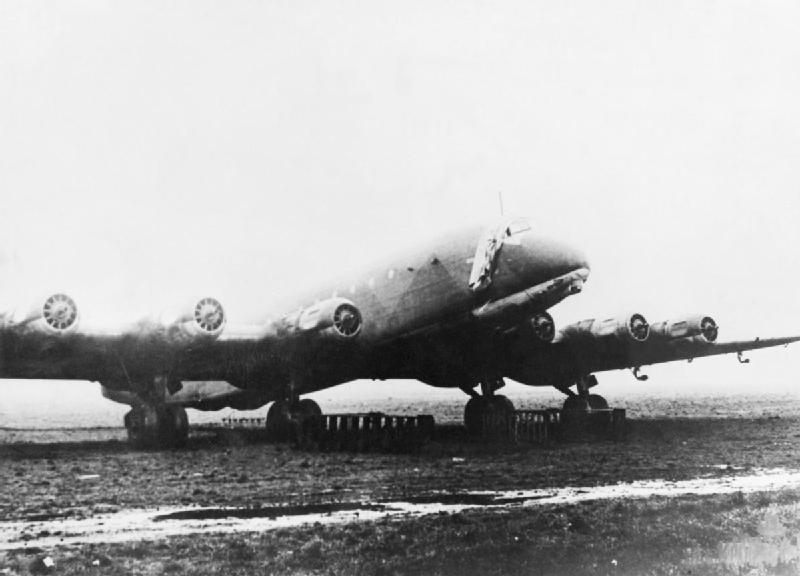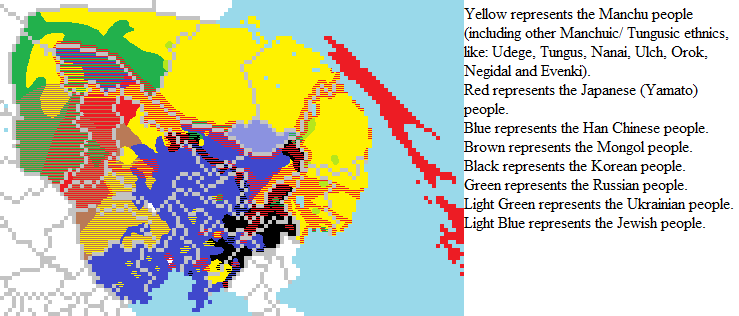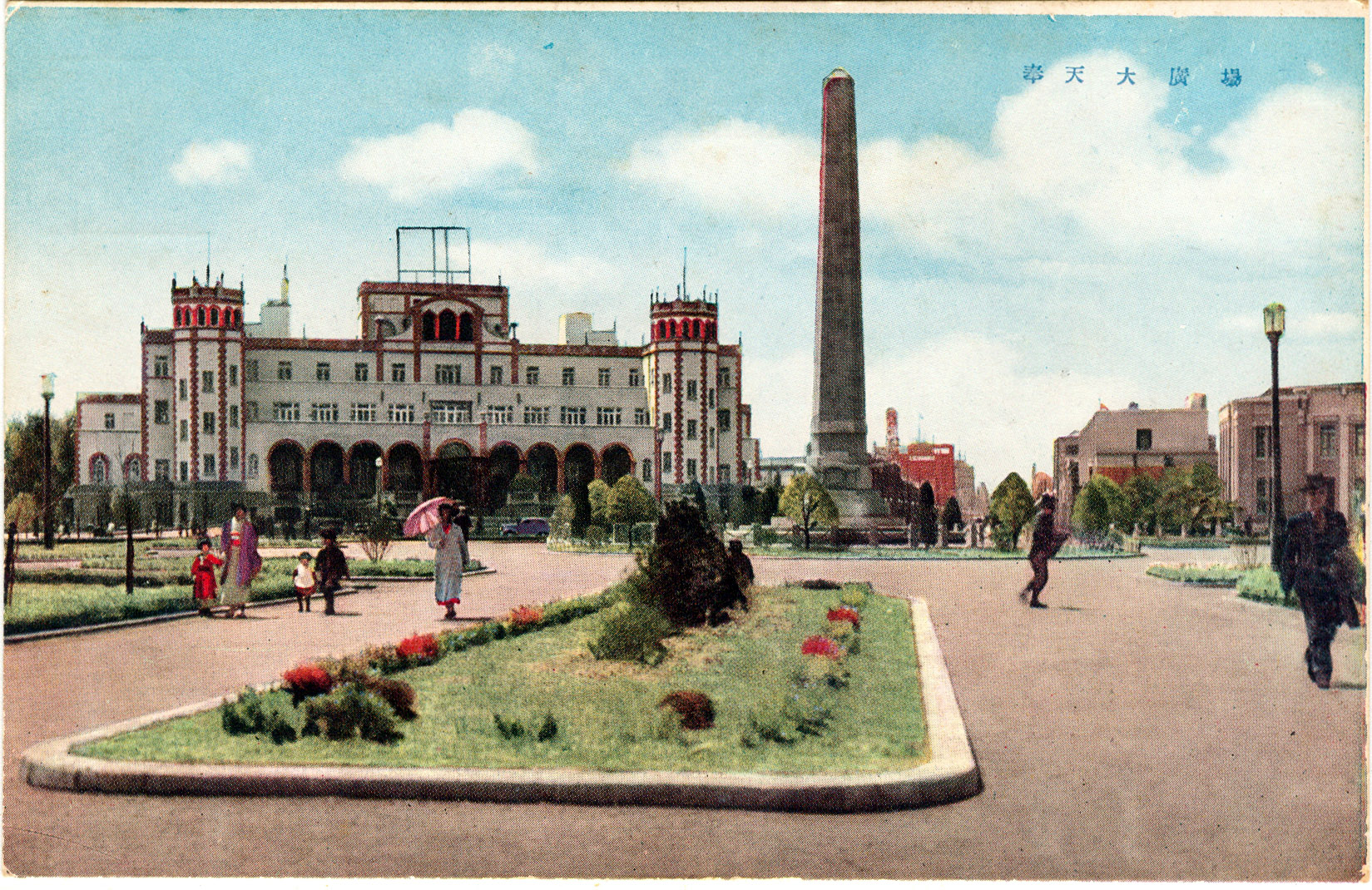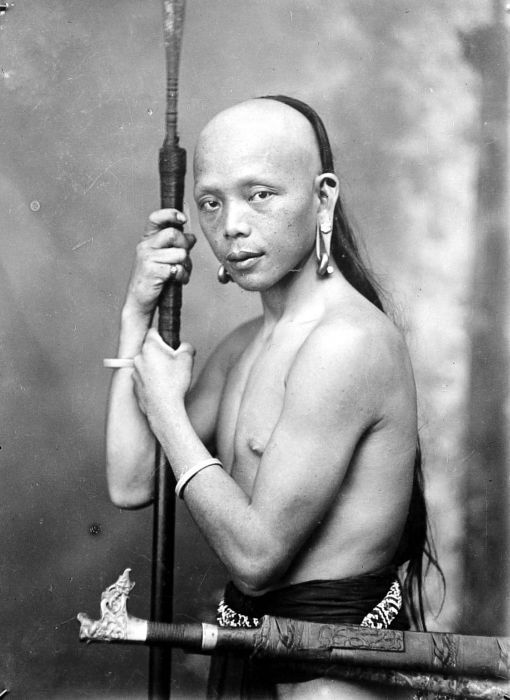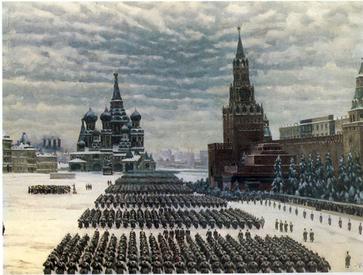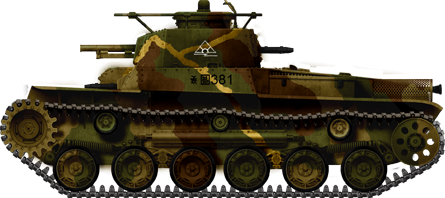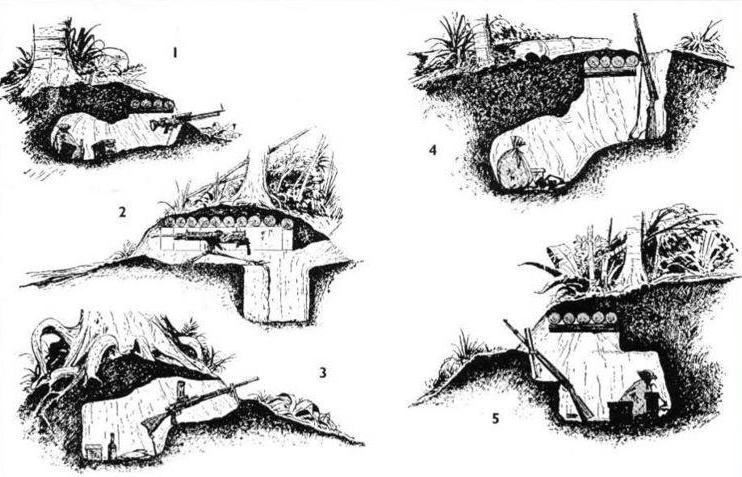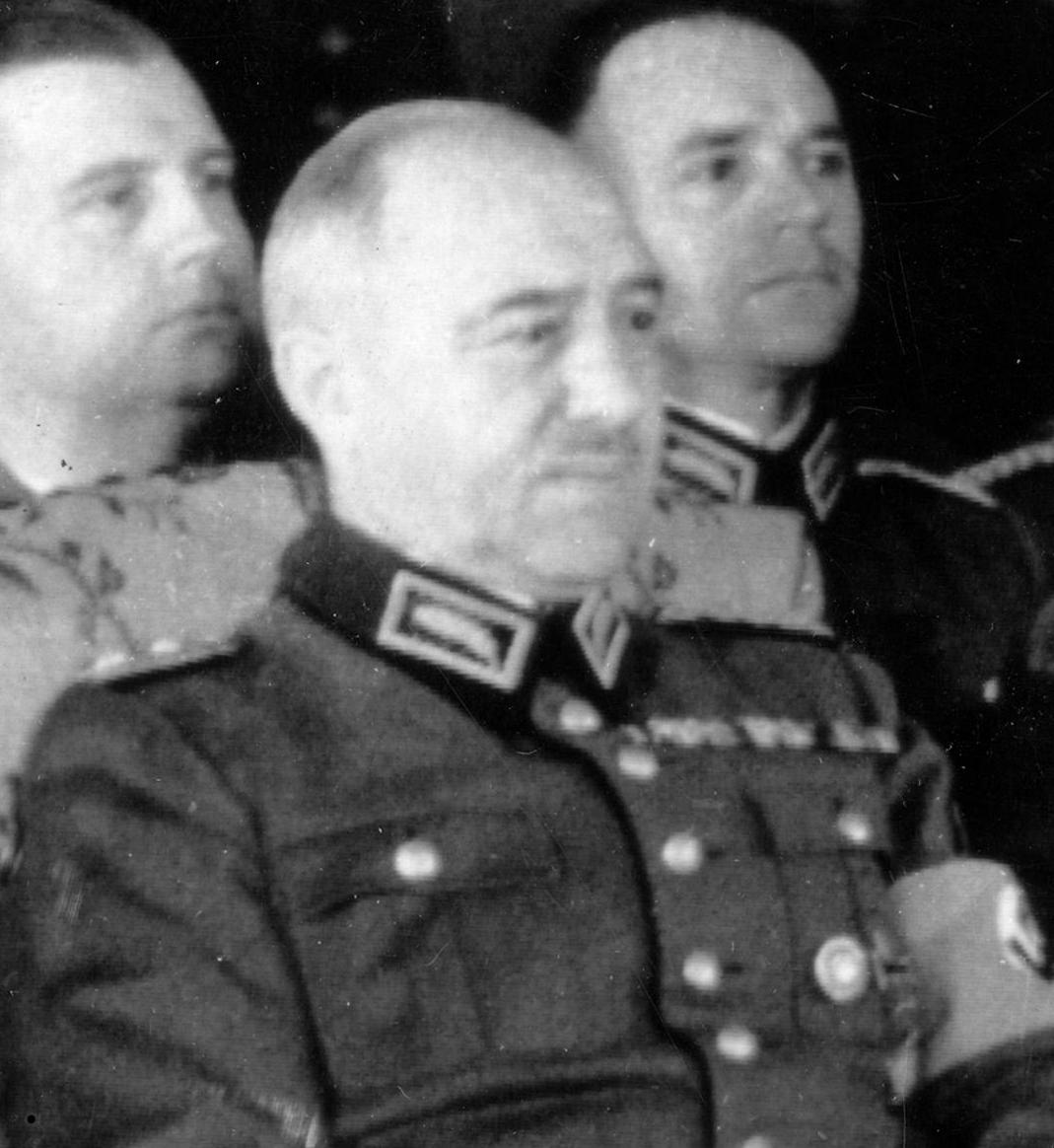Chapter 310: The Communist Party of Burma Rebellion:

The Communist Party of Burma had fought for independence from Great Britain and later against the Japanese supported Government of the Kingdom of Burma, from wich they claimed it was a mere Japanese puppet regime inside the Co-Prosperity Sphere. While in Insein prison in July 1941, Thakin Soe and Than Tun had co-authored the Insein Manifesto, which declared fascis royalism as the major enemy in the coming war and called for temporary co-operation with the British and the establishment of a broad coalition alliance that should include the Soviet Union. It followed the Popular Front line advanced by the Bulgarian communist leader Georgi Dimitrov, at the Seventh Comintern Congress in 1935. This was against the prevailing opinion of the Dobama Movement, including Thakin Aung San, who had secretly left Myanmar with a group of young men, who later became known as the Thirty Comrades, to receive military training from the Japanese and founded the Burma Independence Army (BIA), later renamed the Burma Defence Army (BDA) and subsequently the Burma Royal National Army (BNA), that fought for the Allies (not to be confused with the Royal Burmese Army (RBA) that fought for the Burmese Kingdom, the Japanese and the Co-Prosperity Sphere. After the declaration of the pro-Japanese, Pro-Coprospist government, Soe had gone underground in the Irrawaddy Delta to organize armed resistance soon after the invasion, and Than Tun as Minister of Land and Agriculture was able to pass on intelligence to Soe. Other communist leaders Thakin Thein Pe and Tin Shwe made contact in July 1942 with the exiled colonial government in Simla, India. The Royal Burmese Government saw them as much as traitors as the other way around, declaring in their propaganda that the Communists rebellions since before the war with Japan started were a secret collaboration with the British European Colonialists, so they could claim instability and continue their rule over Burma for longer.

Inside the Communist Party was also Thakin Ba Hein, who was considered the father of the Communist Party of Burma that was founded in 1939. He had fought for Burmese independence since before the Japanese arrived and was the President of the All-Burma Students' Union in 1935. Ba Hien had translated Marxist literature for the Nagani Book Club in Rangoon. He was a leader of the Dobama Asiayone(Burmese: တို့ဗမာအစည်းအရုံး, We Burmans Association, DAA, known as Thakins) and the leftist Freedom Bloc. He organized the oil workers in Yenengyaung. One of the first Thakin to join the Communist Party of Burma in 1939 and was imprisoned by the British in Mandalay from 1940 to 1942. After he got free from there, he served in the wartime government of Ba Maw and secretly conspired with the communists. After the outbreak of the war between the Soviet Union (Comintern) and the Co-Prosperity Sphere in 1942 he and other known Communists or sympathizers in the governments of the Co-Prosperity Sphere had been arrested. Freed by Communist rebels, who were accomplished by British and Indian special forces (Cindits, officially known as the Long Range Penetration Groups). Despite their hate for the Soviet Union and the Communists themselves, the Allies took all the help they could get, so they armed and trained the CPB with paradrops of supplies, equipment, weapons and even soldiers to fight alongside them. Many of this forces were shot down by Co-Prosperity Sphere fighters before they could even reach their destination points, but the few that survived helped the resistance groups in Burma (not just the Communists) greatly in their efforts to resist the Royal Burmese Army and Government and their Japanese and Co-Prosperity Sphere supporters. Thakin went underground and led the communist resistance in the Toungoo area.
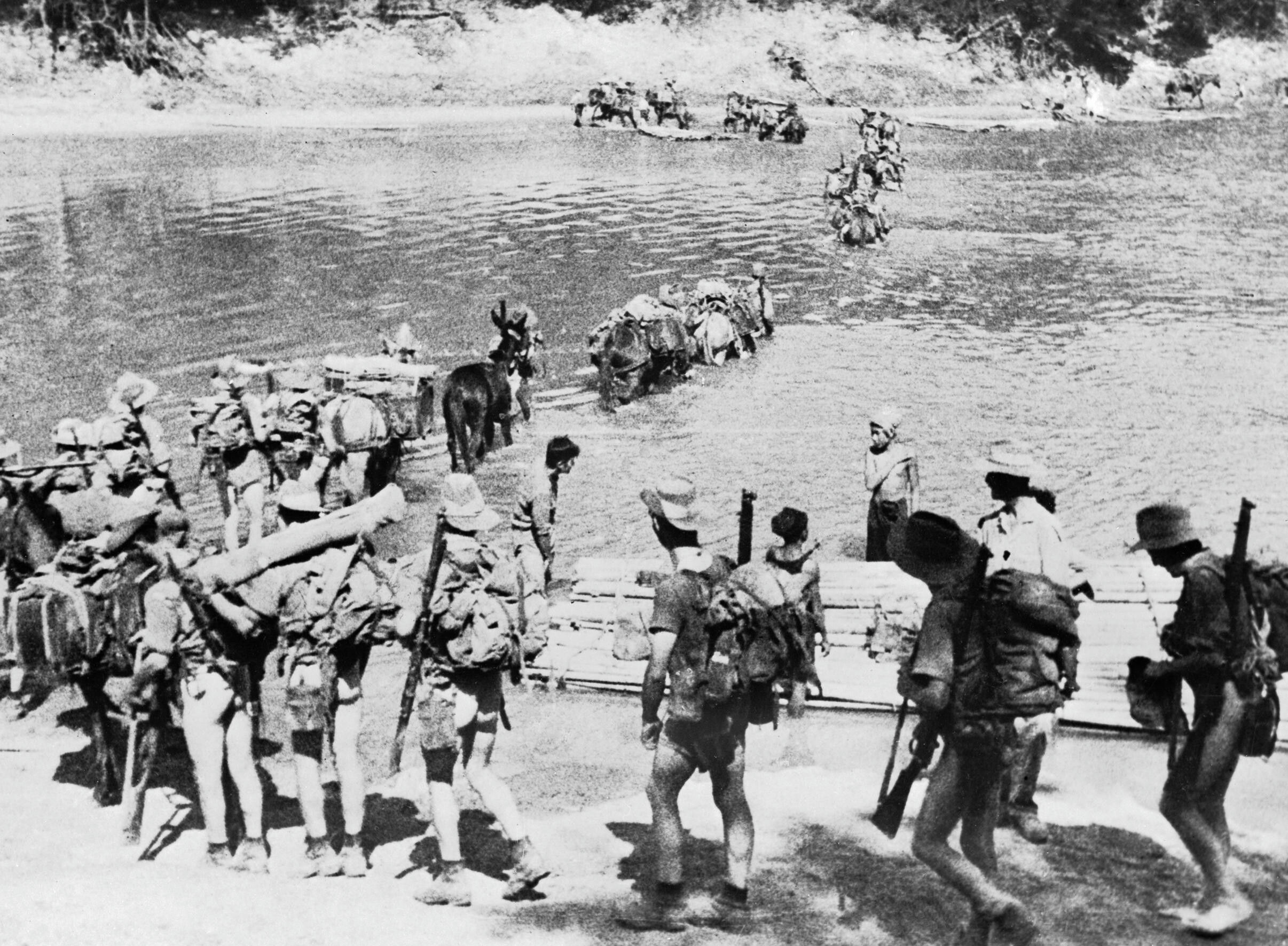

The Communist Party of Burma had fought for independence from Great Britain and later against the Japanese supported Government of the Kingdom of Burma, from wich they claimed it was a mere Japanese puppet regime inside the Co-Prosperity Sphere. While in Insein prison in July 1941, Thakin Soe and Than Tun had co-authored the Insein Manifesto, which declared fascis royalism as the major enemy in the coming war and called for temporary co-operation with the British and the establishment of a broad coalition alliance that should include the Soviet Union. It followed the Popular Front line advanced by the Bulgarian communist leader Georgi Dimitrov, at the Seventh Comintern Congress in 1935. This was against the prevailing opinion of the Dobama Movement, including Thakin Aung San, who had secretly left Myanmar with a group of young men, who later became known as the Thirty Comrades, to receive military training from the Japanese and founded the Burma Independence Army (BIA), later renamed the Burma Defence Army (BDA) and subsequently the Burma Royal National Army (BNA), that fought for the Allies (not to be confused with the Royal Burmese Army (RBA) that fought for the Burmese Kingdom, the Japanese and the Co-Prosperity Sphere. After the declaration of the pro-Japanese, Pro-Coprospist government, Soe had gone underground in the Irrawaddy Delta to organize armed resistance soon after the invasion, and Than Tun as Minister of Land and Agriculture was able to pass on intelligence to Soe. Other communist leaders Thakin Thein Pe and Tin Shwe made contact in July 1942 with the exiled colonial government in Simla, India. The Royal Burmese Government saw them as much as traitors as the other way around, declaring in their propaganda that the Communists rebellions since before the war with Japan started were a secret collaboration with the British European Colonialists, so they could claim instability and continue their rule over Burma for longer.

Inside the Communist Party was also Thakin Ba Hein, who was considered the father of the Communist Party of Burma that was founded in 1939. He had fought for Burmese independence since before the Japanese arrived and was the President of the All-Burma Students' Union in 1935. Ba Hien had translated Marxist literature for the Nagani Book Club in Rangoon. He was a leader of the Dobama Asiayone(Burmese: တို့ဗမာအစည်းအရုံး, We Burmans Association, DAA, known as Thakins) and the leftist Freedom Bloc. He organized the oil workers in Yenengyaung. One of the first Thakin to join the Communist Party of Burma in 1939 and was imprisoned by the British in Mandalay from 1940 to 1942. After he got free from there, he served in the wartime government of Ba Maw and secretly conspired with the communists. After the outbreak of the war between the Soviet Union (Comintern) and the Co-Prosperity Sphere in 1942 he and other known Communists or sympathizers in the governments of the Co-Prosperity Sphere had been arrested. Freed by Communist rebels, who were accomplished by British and Indian special forces (Cindits, officially known as the Long Range Penetration Groups). Despite their hate for the Soviet Union and the Communists themselves, the Allies took all the help they could get, so they armed and trained the CPB with paradrops of supplies, equipment, weapons and even soldiers to fight alongside them. Many of this forces were shot down by Co-Prosperity Sphere fighters before they could even reach their destination points, but the few that survived helped the resistance groups in Burma (not just the Communists) greatly in their efforts to resist the Royal Burmese Army and Government and their Japanese and Co-Prosperity Sphere supporters. Thakin went underground and led the communist resistance in the Toungoo area.

Last edited:

